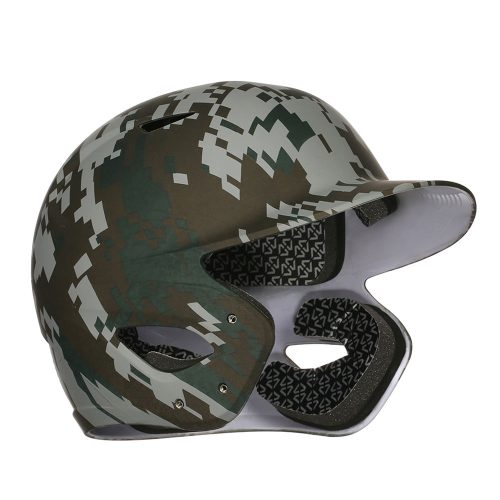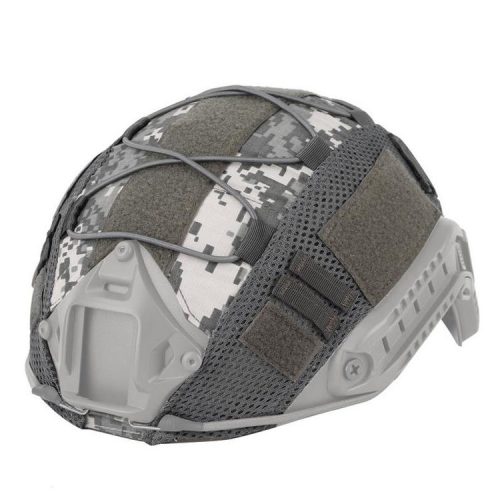Helmet fashion is an important aspect of encouraging safety by making safety gear, such as helmets, more attractive and appealing to a wide range of individuals. Balancing safety with style can help overcome resistance to wearing helmets and make them more socially acceptable. Here are some ways in which helmet fashion merges safety with style:
- Design and Aesthetics: Helmets have evolved to offer a variety of designs and colors to suit different tastes. Manufacturers now create helmets in a wide array of styles, from classic to contemporary, with vibrant colors, patterns, and graphics.
- Customization: Some helmet manufacturers offer customization options, allowing users to personalize their helmets with unique designs, logos, or artwork. This can make helmets more appealing to individuals who want a distinctive look.
- Collaborations with Fashion Brands: Collaborations between helmet manufacturers and fashion brands have become more common. These partnerships result in helmets with design elements inspired by fashion trends, attracting a fashion-conscious audience.
- Ventilation and Comfort: Helmets are being designed with style and comfort in mind. Ventilation systems and interior padding are improved to enhance breathability and reduce discomfort, making the helmet-wearing experience more pleasant.
- Women-Specific Helmets: Helmet manufacturers are increasingly designing helmets specifically for women. These helmets consider style preferences, fit, and sizing to make them more appealing and comfortable for female users.
- Youth and Kids’ Helmets: Helmets for children and youth are often designed with bright colors, characters, or themes to make them more attractive to young wearers. This encourages kids to embrace helmet safety from a young age.
- Integration with Accessories: Some helmets are designed to work seamlessly with accessories like sunglasses, goggles, or visors, enhancing style and functionality.
- Helmet Covers: Helmet covers or skins are available in various patterns and designs. These covers can be used to change the look of a helmet quickly and inexpensively, allowing users to match their helmet to their outfit or mood.
- Retro and Vintage Styles: Retro and vintage-inspired helmet designs are becoming popular, appealing to individuals who appreciate a classic look while still prioritizing safety.
- Community and Subculture Influences: Some communities, such as urban cycling or skateboarding subcultures, have their unique helmet styles and designs. These influences can make helmets a fashion statement within specific groups.
- Fashionable Bike Commuter Helmets: Helmets designed for urban bike commuters often incorporate style elements while maintaining safety features. These helmets are often more suitable for city environments and can blend seamlessly with everyday attire.
- Streetwear Integration: Streetwear fashion trends have influenced helmet designs. Helmets with streetwear-inspired aesthetics are favored by individuals who want to make a fashion statement.
The balance between safety and style in helmets is essential to encourage more people to adopt the use of helmets in various activities. Aesthetic appeal, personalization options, and comfort enhancements all contribute to making helmets not only a safety necessity but also a fashionable choice. Ultimately, combining safety with style is a winning formula for promoting helmet use and reducing the risk of head injuries.


